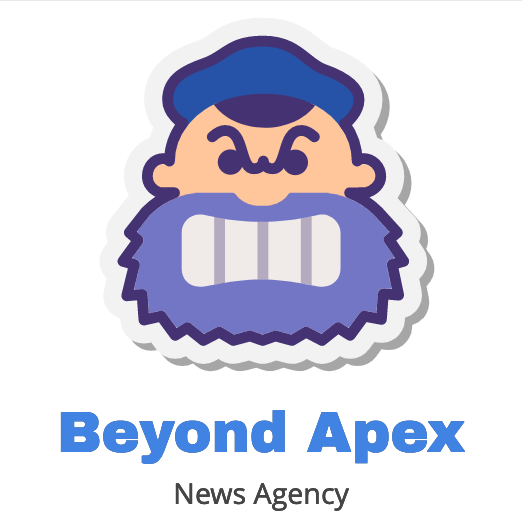How to Choose the Right Digital Advertising Intelligence Software
1. Understand Your Business Goals
Before diving into software selection, clearly define your purpose. Are you looking to monitor competitors, optimize ad spend, analyze performance metrics, or uncover market trends? If your goal is competitive intelligence, choose a platform that provides detailed insights on competitors’ ad creatives, placements, and performance. On the other hand, if campaign optimization is your priority, look for tools with performance analytics and real-time insights. Aligning your goals will narrow down your options and ensure the tool meets your expectations.
2. Evaluate the Data Coverage and Accuracy
The core value of intelligence software lies in its data. Ensure the platform covers a wide range of ad networks such as Google Ads, Facebook, Instagram, YouTube, LinkedIn, TikTok, display networks, and programmatic platforms. The data should be real-time or near real-time, allowing timely decision-making. Also, check the geographical coverage to ensure it aligns with your target market. Accurate and extensive data coverage ensures you don’t miss out on any crucial insights.
3. Look for Competitor Analysis Features
Competitor tracking is one of the major strengths of advertising intelligence tools. The ideal software should allow you to view competitor ad creatives, their duration, engagement levels, formats, and messaging strategies. Look for features like ad history tracking, keyword usage, top-performing campaigns, and audience targeting strategies. These insights help you refine your campaigns and identify gaps and opportunities in your niche.
4. Assess User Interface and Ease of Use
Even the most powerful software is ineffective if it’s difficult to use. Opt for a platform with a clean, intuitive dashboard that allows users to easily navigate through reports, charts, and insights. A user-friendly interface improves team collaboration and saves time in analyzing data. Some tools also offer customizable dashboards and reports, enabling users to focus on the metrics that matter most to their campaigns.
5. Check for Real-Time Performance Analytics
Effective advertising requires constant monitoring and adjustments. Therefore, choose software that provides real-time performance metrics such as CTR (Click-Through Rate), CPC (Cost Per Click), CPA (Cost Per Acquisition), ROAS (Return on Ad Spend), and engagement rates. Real-time analytics enable quick decision-making, helping you adjust your campaign strategies before losses occur.
6. Analyze Integration Capabilities
Your advertising intelligence tool should seamlessly integrate with your existing marketing stack. Integration with analytics tools like Google Analytics, CRM software such as HubSpot or Salesforce, and ad platforms like Meta Ads Manager allows for streamlined workflows and centralized reporting. Integration capabilities also improve data accuracy and eliminate the need for manual data entry.
7. Consider Customization and Reporting Options
Different businesses may require different types of reports. Choose software that allows customizable reporting with options to export insights in various formats like PDF, Excel, or PowerPoint. Advanced solutions offer scheduled reports, email notifications, and AI-driven insights. Custom reports help stakeholders understand performance trends and support strategic decision-making.
8. Check Scalability and Pricing Structure
As your business grows, your software needs will evolve. Ensure the platform you choose is scalable and can support higher volumes of data and additional features in the future. Also, consider the pricing model—some tools charge per user, while others offer tier-based subscriptions. Compare costs against features to ensure you’re getting value for your investment. It’s wise to start with a trial version to test the software before committing to a paid plan.
9. Evaluate Customer Support and Training Resources
The availability of customer support, tutorials, webinars, and onboarding assistance is crucial, especially for beginners. Reliable support ensures that any technical issues or queries are resolved quickly, minimizing downtime. Look for platforms with responsive support teams and comprehensive learning resources.
Conclusion
Choosing the right digital advertising intelligence software is essential for staying competitive in the digital marketplace. Start by assessing your goals, evaluating data coverage and accuracy, and ensuring the tool offers comprehensive competitor analysis, ease of use, and real-time analytics. Integrations, customization options, scalability, and strong customer support further enhance the software’s value. By making an informed decision, you can leverage the power of advertising intelligence to optimize your campaigns, outperform competitors, and drive greater returns on your ad spend. The right tool doesn’t just provide insights—it empowers smarter advertising strategies and sustainable business growth.
